The Himalayan monal is one of nature’s stunningly beautiful birds. Known for its metallic multicolored iridescent plumage, this large-size mountain pheasant is a feast to birdwatchers’ eyes.
This gentle species is the national bird of Nepal and the state bird of Uttarakhand, a state in the northern part of India. Among Nepalese citizens, the bird is often referred to as the “Danphe.”
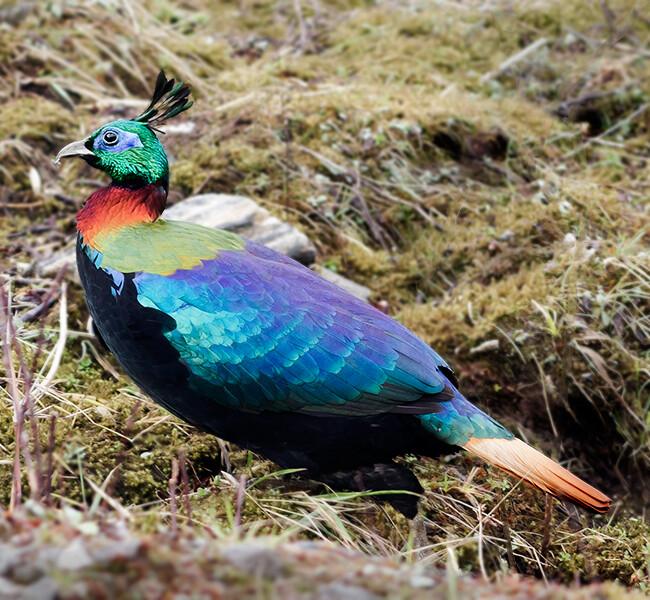
It is the beautiful combination of hues in the male species of the Himalayan monal that has earned its name as the “nine-colored bird.” The most striking features of the male Himalayan monal include a long metallic green crest that is very similar to a peacock and a reddish-brown neck.
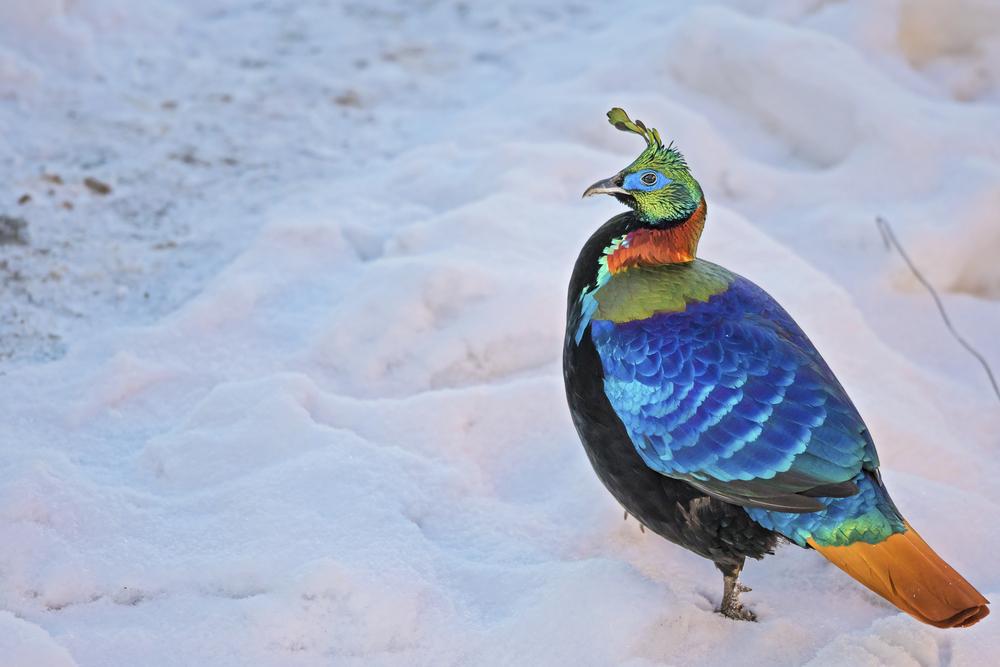
Their spoon-shaped feathers are a combination of black, green, blue, purple, light yellow, brown, and red colors. Meanwhile, their copper-colored tail feathers, which are uniformly rufous, become darker toward the tips. In flight, these birds, which average 70 centimeters in size, display a white rump and light-brown wings.
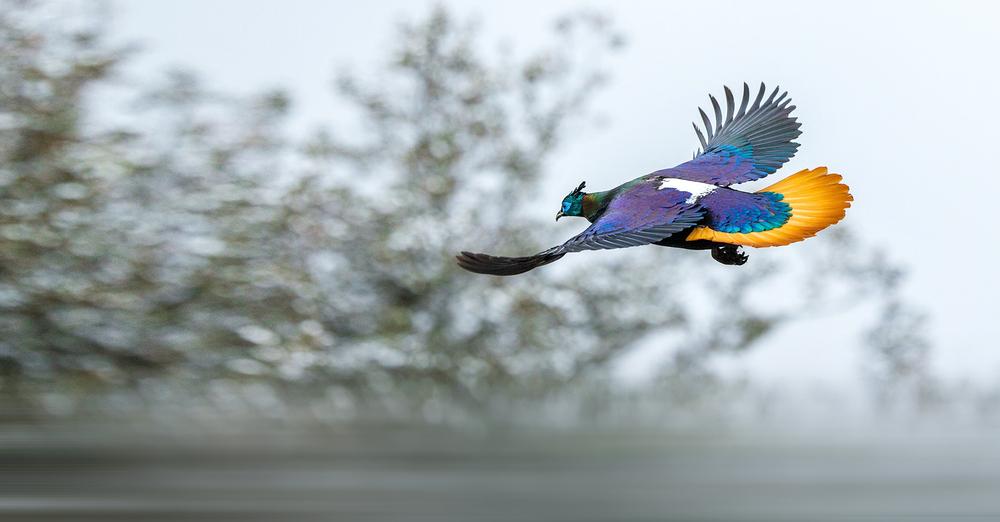
While the male counterparts possess more beautiful colored plumage, the female Himalayan monals are a bit dull in comparison. They have a white neck, and the feathers of the upper part are brownish-black, while the tail feather consists of a mix of white feathers and a layer with a black and copper color. However, one common physical feature between both the male and female is that the eyes are ringed with a turquoise blue patch.
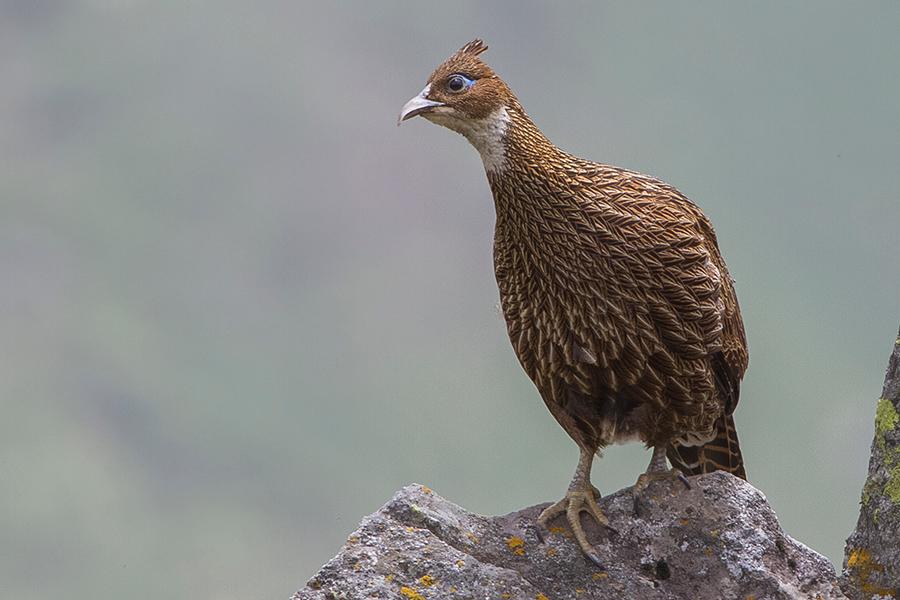
Their diet includes a variety of seeds, buds, shoots, roots, and insects in the wild. While in the zoo, they feed on mixed vegetables, game bird chow, and insects.
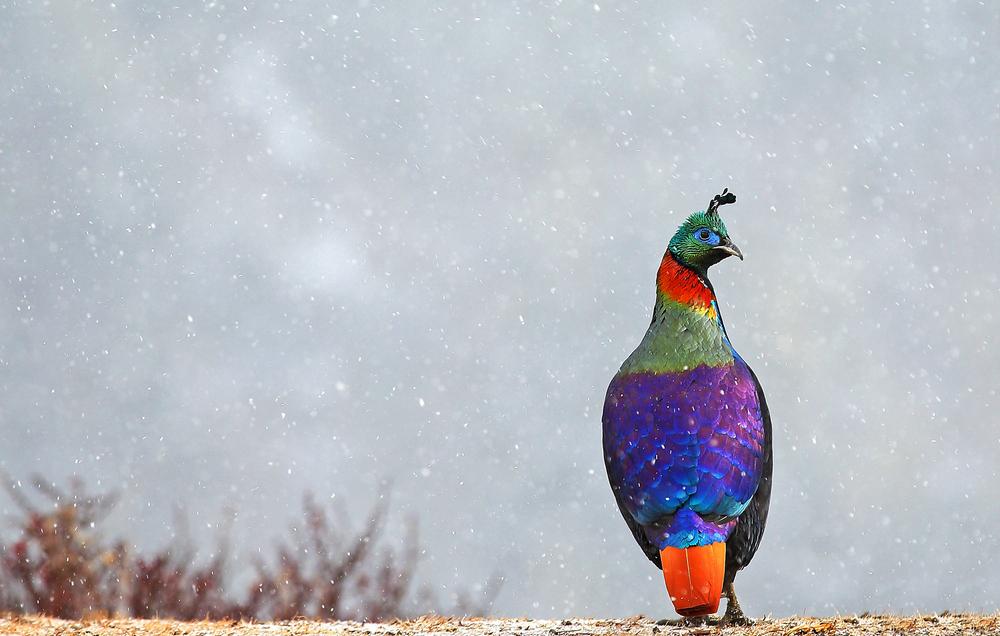
The birds start their breeding season at the age of 2, and it begins at the end of April. Their extremely communicative nature both using body movements and vocalizations plays an important role during the mating season.
The male Himalayan monal bobs its crest, fans the tail feathers, and indulges in various bodily displays to attract its female counterpart. Males not only call out in the morning but also during the entire day. After the male wins the female’s heart, they build a simple nest, and the female lays two to five eggs that are white or dirty white in color with brown spots. The incubation period is about 28 days, and the male bird guards and protects the eggs throughout this time. After six months, the young ones start to search for their own food.
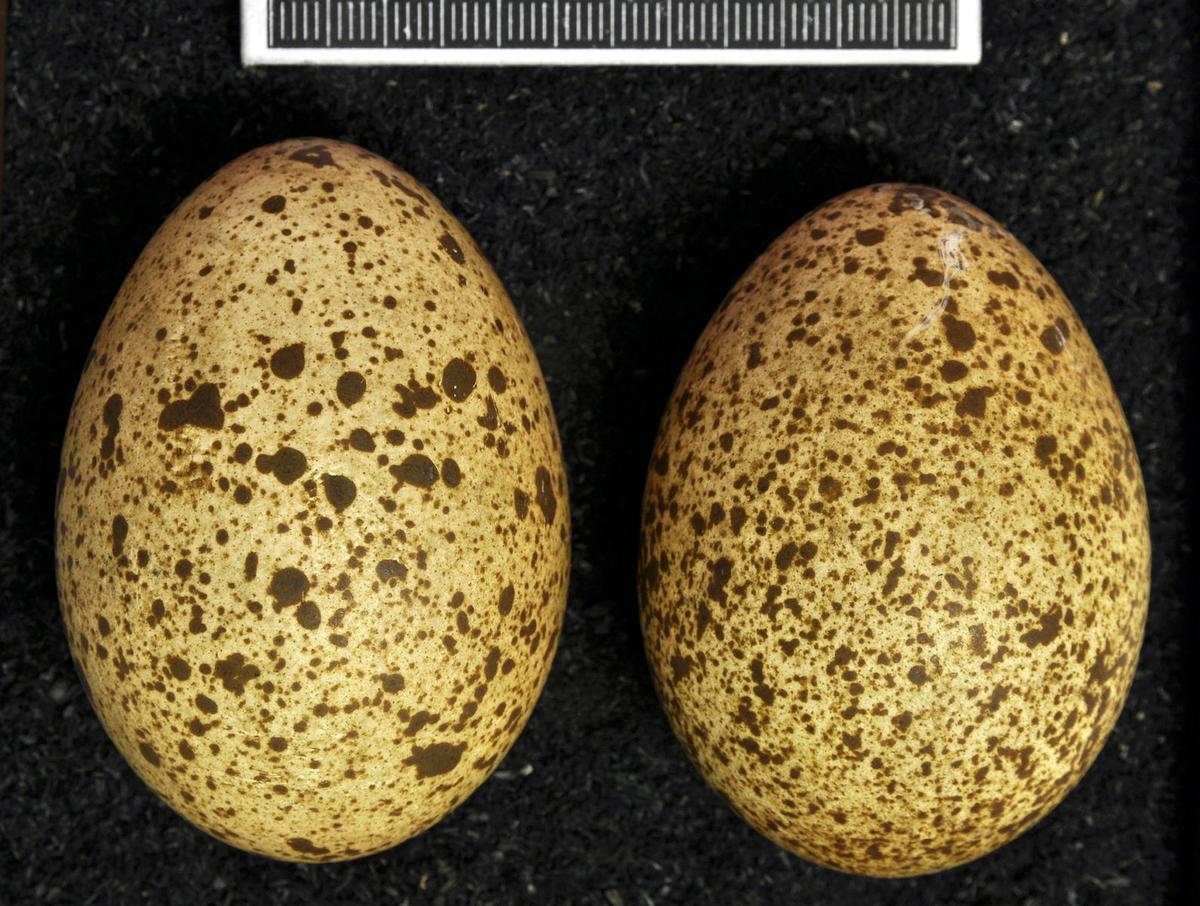
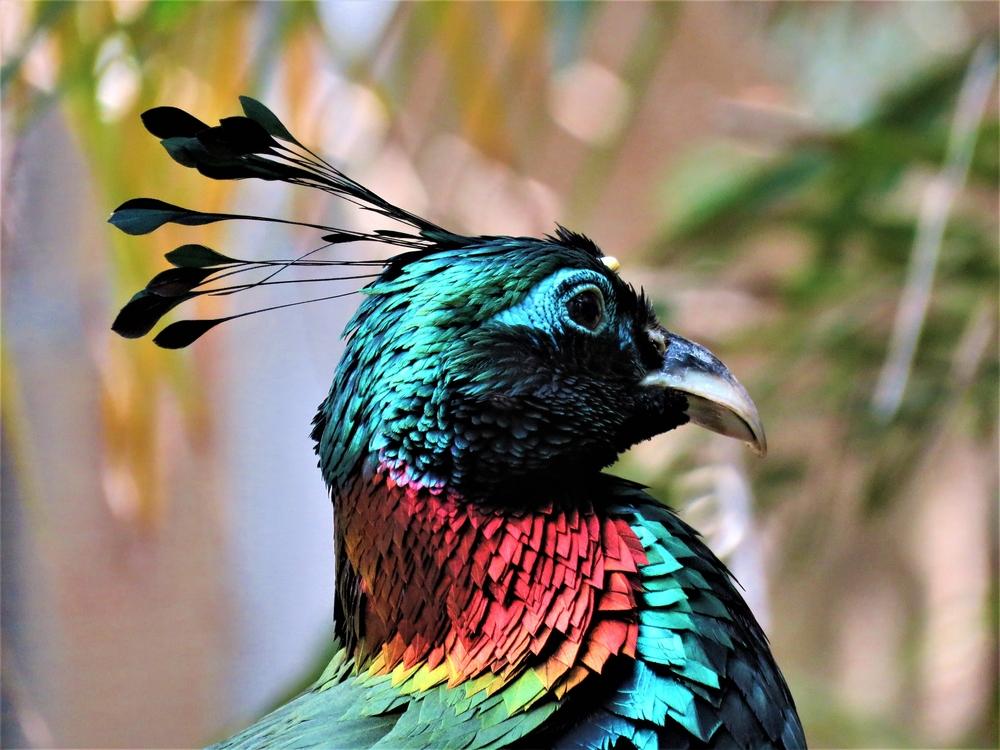
We would love to hear your stories! You can share them with us at [email protected]

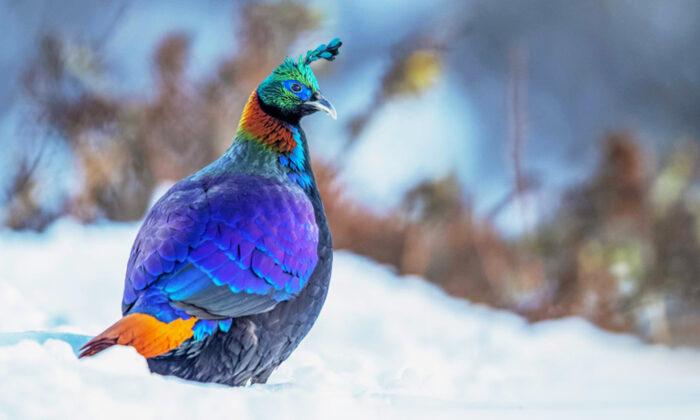





Friends Read Free